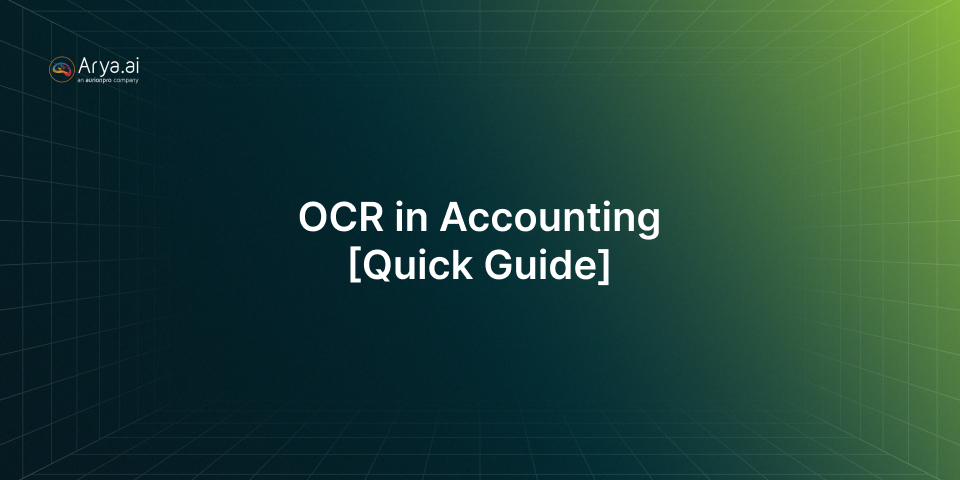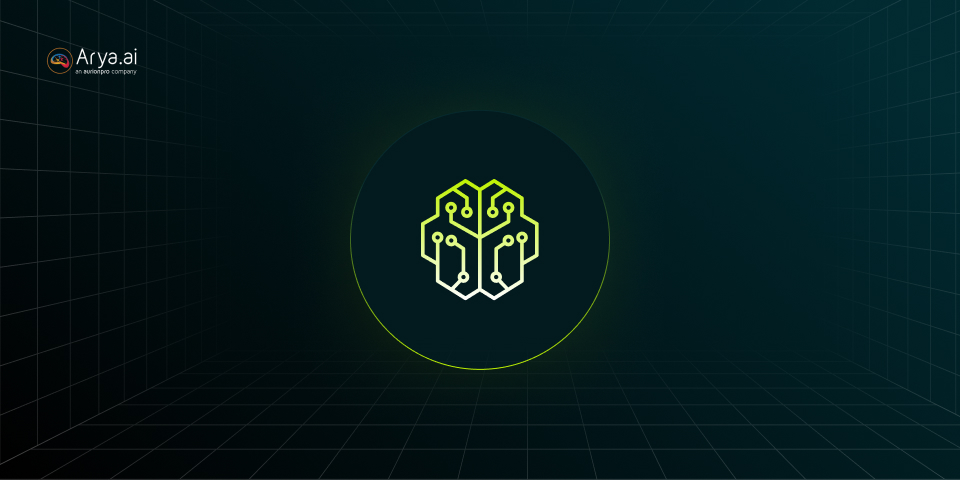![Introducing Deepfake Audio Detection [Product Update]](https://cdn.prod.website-files.com/670526c69cb938e8bd8b4754/67471bac4fa0736df4e24f10_Deepfake-audio-detection.png)
In an age where technology continuously blurs the lines between reality and fabrication, deepfakes have become a growing concern. We've all seen unsettlingly realistic videos streaming across platforms: deepfake videos. But beyond the realm of visuals lies another potentially more dangerous threat: deepfake audio.
The importance of deepfake detection has escalated, especially in sectors where customer identity verification is necessary. The potential misuse of deepfake audio underscores the critical role of detection in maintaining security and trust.
Just as AI can be used to create deepfakes, it can also be harnessed to fight them. Here's where deepfake audio detection solutions come in.
What is Deepfake Audio?
A voice deepfake, also known simply as a "deepfake audio" or "synthetic voice," refers to an artificially generated audio recording that imitates a specific individual's voice with remarkable realism. Just as deepfake technology can manipulate images and videos to depict people saying or doing things they never did, voice deepfakes replicate someone's speech patterns, intonation, accent, and other vocal characteristics to create a convincing impersonation.
Voice deepfakes are typically created using sophisticated machine learning algorithms, particularly generative neural networks such as generative adversarial networks (GANs) or autoencoders.
The potential applications of voice deepfake technology are diverse and range from entertainment and media production to more nefarious purposes such as fraud, impersonation, and spreading misinformation.
How Does Deepfake Audio Detection Work?
Audio Deepfake Detection involves identifying and discerning artificially generated or manipulated audio recordings. Deepfake audio detection utilizes the power of machine learning to analyze audio files for subtle inconsistencies that might indicate manipulation. These solutions rely on deep learning algorithms trained on massive real and deepfake audio datasets.

Detecting deepfake audio involves a multi-faceted approach that combines machine learning algorithms, audio forensics techniques, and behavioral analysis to distinguish between genuine and synthetic recordings. These methodologies leverage various signals and features inherent in audio data to identify anomalies indicative of manipulation.
- Deep Learning Algorithms: Utilizing supervised learning techniques to train models on labeled authentic and deepfake audio datasets, enabling them to recognize patterns indicative of manipulation.
- Audio Forensics Techniques: Employing signal processing methods and statistical analysis to uncover anomalies or inconsistencies within audio recordings, such as irregular spectral characteristics or artifacts introduced during the synthesis process.
- Behavioral Analysis: Examining contextual and behavioral cues associated with the speaker, such as linguistic patterns, speaking style, and emotional cues, to assess the authenticity of the audio recording.
- Cross-Modal Verification: Integrating information from other modalities, such as video or text, to corroborate the authenticity of the audio content and identify potential inconsistencies across different sources.
Audio Deepfakes- How They Affect Various Industries
Let's delve deeper into how audio deepfakes are influencing various segments-
1. Banking Sector
Audio deepfakes present significant challenges to the banking sector, particularly in customer service and fraud prevention. Fraudsters can use manipulated audio recordings to impersonate bank representatives, deceive customers into providing sensitive information, or authorize unauthorized transactions. This undermines trust and security in banking transactions, jeopardizing customer relationships and financial integrity.
2. Insurance Industry
In the insurance sector, audio deepfakes pose threats to claims processing and fraud detection. Fraudulent claims can be fabricated or exaggerated using manipulated audio evidence, leading to increased financial losses for insurers and higher premiums for policyholders. Furthermore, audio deepfakes can hinder the accuracy of investigations and dispute resolutions, impacting the efficiency and credibility of insurance operations.
3. Financial Services
Financial institutions rely heavily on accurate communication and data integrity to provide reliable financial advice and services to clients. However, audio deepfakes can compromise the integrity of financial communications, such as market analyses, investment recommendations, and client consultations. Misleading or manipulated audio content can misinform clients, distort market perceptions, and undermine trust in financial institutions, ultimately resulting in financial losses and reputational damage.
4. Healthcare Sector
The emergence of audio deepfakes poses significant risks to patient safety and data integrity. Manipulated audio recordings could lead to miscommunication between healthcare professionals and patients, resulting in incorrect diagnoses or inappropriate treatment. Moreover, fabricated conversations or medical documentation could compromise the accuracy of patient records.
5. Cybersecurity
Cybercriminals can leverage deepfake technology to impersonate trusted individuals or authorities on social media, exploiting users' trust to disseminate false information or perpetrate scams. Deepfake audio could bypass voice-based authentication systems, compromising digital security measures and gaining unauthorized access to sensitive data or accounts.
To combat these risks, institutions must invest in advanced detection and employee training, driving up operational costs and potentially impacting customer fees or services. Voice biometrics, integral to many authentication processes, are vulnerable to compromise by audio deepfakes, necessitating further investment in security measures.
What are the benefits of Audio Deepfake Detection?
By employing advanced technologies and methodologies to identify artificially generated or manipulated audio recordings, deepfake audio detection offers a multitude of benefits across various domains-
1. Enhanced Security
Deepfake detection adds an extra layer of security to existing authentication methods, particularly those reliant on voice recognition. This makes it significantly harder for fraudsters to impersonate legitimate users and gain unauthorized access to sensitive information or accounts.
2. Reduced Fraudulent Transactions
By identifying deepfakes used in authorization attempts, the system can prevent fraudulent transactions before they occur. This protects financial assets, prevents identity theft, and safeguards businesses and individuals from financial losses.
3. Improved Regulatory Compliance
Deepfake detection helps organizations comply with stricter regulations around data security and customer identification (KYC/AML). These regulations mandate robust authentication and verification processes, and deepfake detection plays a crucial role in fulfilling these requirements.
4. Mitigated Reputational Risk
In today's digital age, a successful deepfake attack can have a devastating impact on an organization's reputation. News of a breach can erode customer trust, damage brand image, and lead to financial losses. Deepfake detection helps mitigate this risk by proactively addressing the threat and demonstrating a commitment to robust security measures.
5. Streamlined Processes
Deepfake detection can streamline customer onboarding processes, especially for scenarios where voice authentication is used. By quickly verifying a user's identity, the system eliminates unnecessary delays and allows for a smooth and efficient onboarding experience.
6. Fraud Investigation Efficiency
Deepfake detection can be a valuable tool in fraud investigations. By analyzing audio recordings associated with suspected fraudulent activity, investigators can identify manipulations and gather evidence to track down perpetrators. This can significantly improve the efficiency and effectiveness of fraud investigations.
Introducing Arya AI Deepfake Audio Detection API
At Arya AI, we are committed to combating the threat of deepfake deceptions with our cutting-edge Deepfake Audio Detection API. Our solution offers a comprehensive suite of features designed to identify and mitigate the risks associated with synthetic audio manipulation.

Try Deepfake Audio Detection API with your own data!
This powerful API seamlessly integrates into your existing applications, empowering you to:
- Analyze Audio in Real-Time: Gain instant insights into the authenticity of audio content, allowing for immediate action and preventing potential fraud attempts before they occur.
- Stay Future-Proof: Our deep learning models constantly evolve to stay ahead of emerging deepfake techniques. You can be confident that your security measures remain effective as the deepfake landscape changes.
- Scalable and Reliable: Our API is built for real-world use cases, ensuring consistent and dependable performance even when handling large volumes of audio data.
Combine Audio and Face Deepfake Detection for enhanced detection
Combining voice and face authentication offers a powerful multi-modal approach to combat deepfakes. Arya’s Deepfake Detection tool combines Audio, Photo, and Video for enhanced detection. Users can be authenticated quickly and conveniently without the need for cumbersome additional steps. The balance of security and usability is crucial in maintaining user satisfaction and compliance.
This dual approach significantly enhances the accuracy and reliability of detection, providing robust protection against identity fraud and unauthorized access.
Try the API on our platform.
As technology evolves, the battle against deepfake audio deception will undoubtedly intensify. However, with proactive measures, robust detection solutions, and collective vigilance, we can mitigate the risks posed by synthetic audio manipulation and uphold the integrity of our audio landscape.
Contact us today to learn more about how our API can empower your organization to combat deepfake audio manipulation and safeguard against the spread of misinformation.





.png)





.png)




.png)

.svg)


